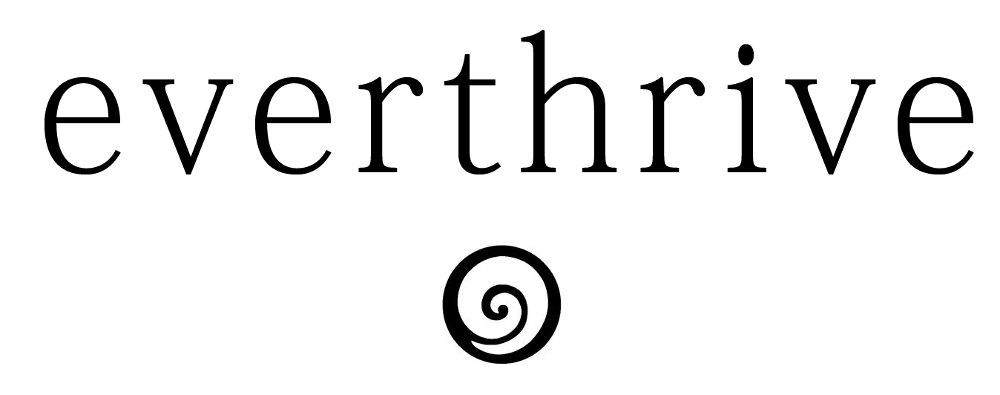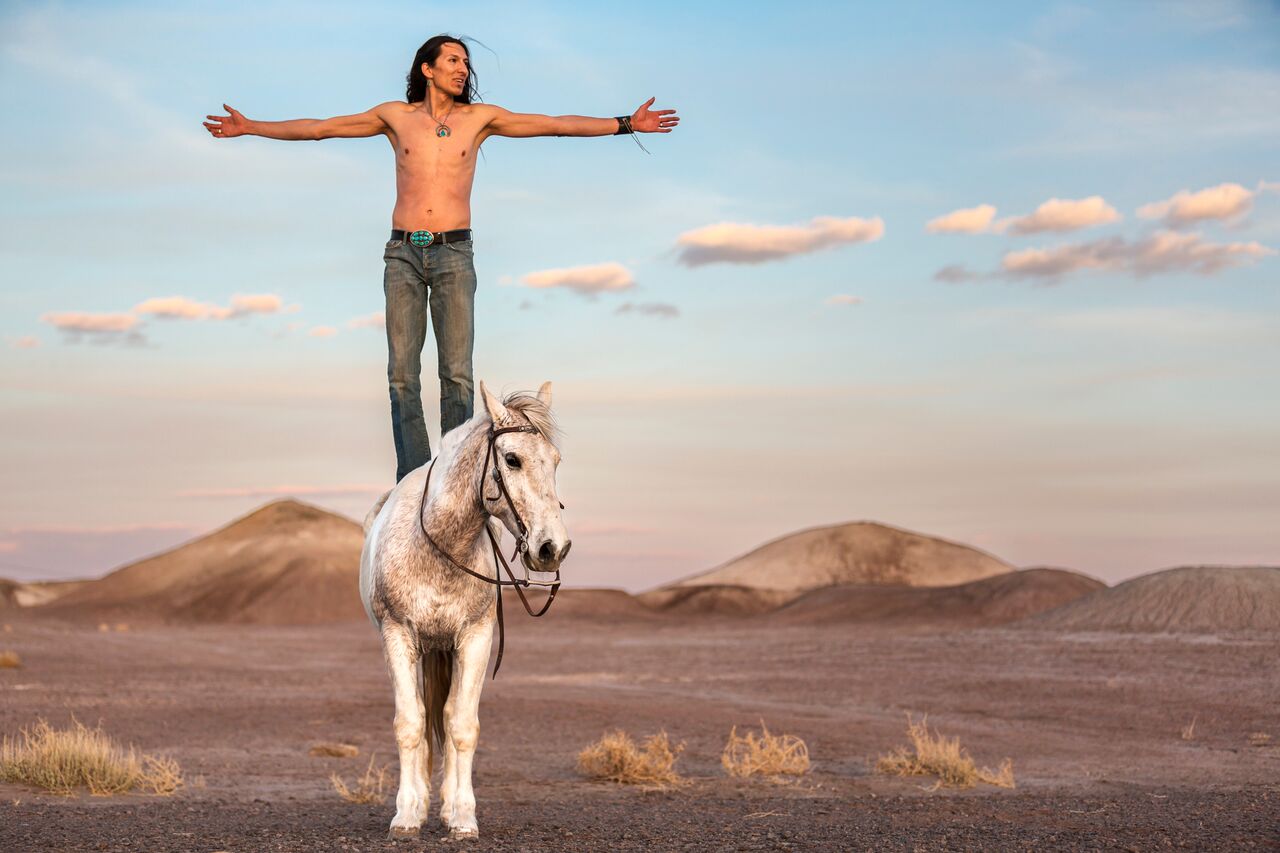Netherthong Primary School and the Digital Detox
“It’s good to take a break from digital things.” - Jake, student at Netherthong Primary (scroll down to view quotes from other students!)
Prior to the week-long digital detox, most of the children had heard about the practice, and they were confident they could abstain from technology, even though they claimed it was necessary to use certain tech items daily, such as computers, laptops, smartboards, video game systems, iPads, iPods, mobile phones, smart phones, and televisions. Most reported using some form of technology for at least two hours a day, and some students reported that they needed to use technology for up to 35 hours a week!
According to 10-year-olds...
How can personal technology be beneficial?
Most claimed that technology is fun, since it offers an interactive route of communication through social media, text, and email. One student reported that it is easier to call someone rather than talk in person. Others understand that the digital world is a good route to quick information, and one responded very astutely that going online is a practical aspect of working a job. They all reported that smartphones can help in an emergency.
How can personal technology be harmful?
I was surprised at how much they knew about this subject. In terms of the harmful effects of technology, these kids knew that technology can be easily abused. One student reported that personal devices gives users "too much freedom from responsibility;" others said that technology "makes it easy to send hurtful emails and texts," and that technological freedom often empowers cyberbullies. They were wary of “internet trolls” and the ease by which people can stalk others online. One student claimed that if used too much, technology can be addictive; in addition, staring at devices all day not only takes time away from the family, it can also damage the eyesight and the brain.
After completing the tech-free week, how did these kids feel about the digital detox?
In reflecting on the detox, the majority really liked it. One insisted that it was a “great experience!” Most felt that, while disconnecting was difficult, the digital detox was interesting and worthwhile. One “found it interesting to talk to people in real life.” In general, the break from technology forced them to be more social - it helped them to do things they normally wouldn’t do, like “go exploring,” "spend more time with family and friends," “read more books,” and “play board games.” A few kids even admitted they were more respectful to their parents while abstaining from technology.
Of course, most thought the detox was very difficult, but they understood that the trial was worth it. One student wrote that the digital detox “was hard but [she] enjoyed it and it made [her] less grumpy.” Many felt that it was hard to avoid the TV. One reported being really bored: there was “nothing to do all week!” Another “didn’t like that [he] couldn’t FaceTime [his] friends.” In general, while most parents joined their children in the detox, it was difficult for the students whose families didn’t support the detox. Only a few of the students would have liked to continue the cleanse for more than a week, but most found that a week was just right to understand the importance of disconnecting.
When I sent them the survey, they were off the cleanse for around three weeks, so I thought perhaps they had gone back to their original habits. However, to my surprise, they still felt the benefits of the digital detox.
How was the digital detox beneficial?
After the detox, students reported increased concentration levels and test scores. They felt more organized, and continued to spend more time with families instead of succumb to the draw of their devices. One reported feeling “more peaceful and more awake at school.” They continued to go outside more, and talk to people instead relying mainly on text. Most reported getting better quality sleep since they weren’t looking at their phones before bedtime. They all said they felt differently about using technology after the cleanse, and are determined to use technology more mindfully.
Even though my study of the effects of disconnecting was long-distance and not a scientific study completed by a reputable research organization, I think that the results can still be highly relevant and applicable to our lives. Believe it or not, the world will never be as analog as it is now, as technological advances are exponentially growing. The children at Netherthong Primary will agree, it's important to use technology meaningfully and intentionally, and not in ways that hurt ourselves or others.
Hey Netherthong Primary! What would you like to tell Everthrive's readers about disconnecting from technology?
“Cutting down on electrical items can be good for you.” - Toby
“It really helps you with tests and friendship.” - Emma J.
“Everyone should try it and see what a beautiful world we live in.” Emma F.
“[Technology] can be helpful, but addictive.” - Jessica
“You must try it, it will be super good if you did!” - Thomas
“It's a fun way of getting more involved with the past.” - Skye
“We are very lucky to have digital products so do not waste them.” - Lucas
“It’s hard but if you're determined I'll guarantee you that you will get through it and have a great experience.” – Will
“It’s hard but worth it.” - Oliver
“There are more things to do than using technology and although you might think [a digital detox] would be boring, it’s actually very interesting.” - Annie
“Don’t watch screens as much.” – Daisy
“It’s a good thing to do because you see things differently and seem more concentrated and involved in your family.” – Taylor
“You talk to a lot more people you normally don’t talk to.” – Owain
“It is very useful.” – Zara
“Try it because it can be fun and you will find out that you can sleep a bit more.” – Izzy
“It’s easy if everyone around you participates.” – Paddy
“It feels boring and fun at the same time.” – Anton
“You can learn new things about other people.” -James
“Do it because it’s worth it.” – Ethan
“I think we all should try it and it is actually a great experience.” – Geena
“Cutting down on electrical items can be good for you.” – Toby
“It helps your communication.” – Luc
“It’s very fun and interesting!” – Harry
“It helps your brain relax more when you don’t play on video games and things.” -Scarlett
“[Taking a digital detox] is better for you and you are involved more with everything.” - Jay
“Try the digital detox because you spend more time with your family.” – Isla































